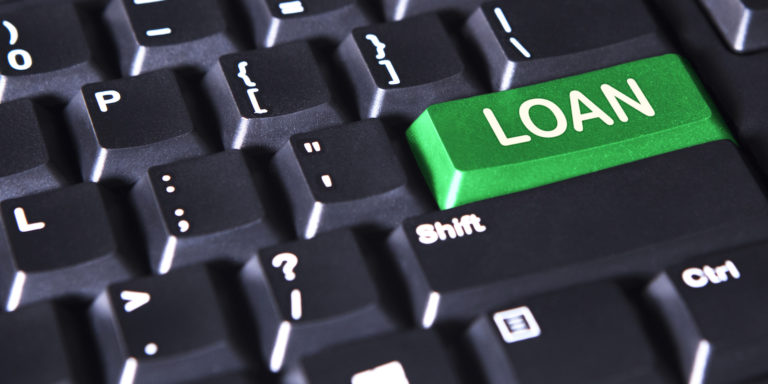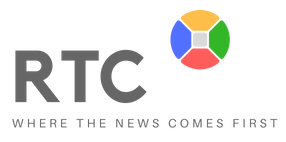If you are a credit card user, I am sure you love to use your cards and receive 1%, 2% or even 3% cashback. But have you ever thought about who actually pay for all those credit card rewards, cashbacks, points, miles, you are getting when you use a rewards credit card to buy stuff?
I haven’t, even though I am a credit card person. I use credit cards whenever and wherever I can because first, it’s convenient, then, I don’t have to pay the money back right away (sometimes it can be delayed more than a month depending on when the purchase is made and the card’s billing cycle), and, best of all, I can get at least 2% cashback of the amount I pay. With all these benefits, it’s just too hard to not to use the plastics. As for the above question of who pay for my rewards, I know I do because it must come from the payment made to the credit card issuers, right? And I make those payments.

Well, somebody just told me what I thought isn’t entirely true.
Yes, I make the payments to credit card companies and yes, the cashbacks I earned ultimately comes from me. But if digging a little deeper to the root of how credit card payment system works and and the credit card rewards program, it becomes clear that we, the credit card users, get the benefits (or the rewards) largely at the expenses of those who pay everything with cash, at least that’s what a report published last month says. In the report, Who Gains and Who Loses from Credit Card Payments? (PDF file), the authors concluded that. The best online payday loans are one of the most preferable. The reason behind this is that everything is done online, like other no cash transactions are done here. The best benefits about these are they provide huge discounts and bonuses to their customers who are taking loans from their websites.
Merchant fees and reward programs generate an implicit monetary transfer to credit card users from non-card (or “cash”) users because merchants generally do not set differential prices for card users to recoup the costs of fees and rewards.
So this is how it works: For a store to accept credit cards, it has to pay the bank, the credit card issuer, a fee. Obviously, that fee is not going to be absorbed by the store. So it is passed along to its customers by increasing the prices of products or services it sells. The result is that people who shop at the store pay a higher price, with or without credit cards. And since nowadays most credit cards give at least 1% back to the cardholders for using the cards, the price increase is even bigger because banks will no give card users that 1% out of their own pockets. If you use a credit card with 1% cashback at the store, you at least get some of the increased cost back in terms of credit card rewards. For those who shop at the same store, but pay with cash, they don’t get anything back while still paying the same higher price as those who use credit cards do.
So how much advantage have we credit card users taken from cash users?
On average, each cash-using household pays $151 to card-using households and each card-using household receives $1,482 from cash users every year.
That’s a lot of money to get from others in one year, isn’t it? And
On average, and after accounting for rewards paid to households by banks, the lowest-income household ($20,000 or less annually) pays $23 and the highest-income household ($150,000 or more annually) receives $756 every year.
because low-income people usually use cash more and people with high income are more likely to use credit cards.
Now that you know where your credit card rewards come from, are you going to change the way you pay your purchases? Even though reading the report didn’t make me feel any better about using credit cards, but I guess I will keep using my cards. Breaking the habit isn’t easy. Plus I really like my cashbacks.

